 |
 |
|
 |
 |
|
 |
 |
 |
 |
 |
The Nature of Northern Japan
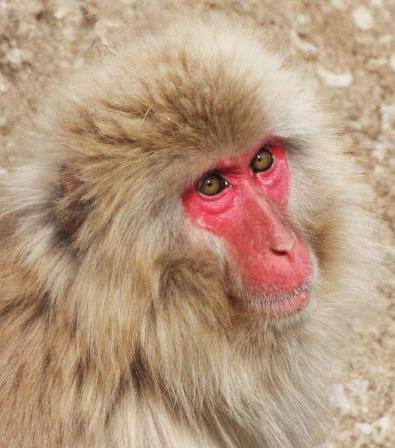 |
A curious Japanese Macaque just outside of Mutsu, Japan.
When I lived in Japan during the 1984-85 academic year attending Waseda University, I was basically completely unaware that Japan had any nature at all! In fact, although I considered myself an "expert" in everything Japanese, I even remember telling people more than once that the Japanese had basically destroyed all of their natural environment. What a moron I was.
Well, although they have down an outstanding job of wiping out some pretty significant regions of the nature that once existed there, Japan is still home to some amazingly diverse and spectacular wilderness nature areas with impressive and surprising species lists.
In the last few years, I have had the pleasure ot traveling to Japan on a nearly annual basis with my Japanese Language students, and have visited our sister city of Mutsu, located in the far northern region of Honshu on the Shimokita Peninsula. Fortunately Mutsu is located in a splendidly natural area of Japan. Thousands upon thousands of acres of unbroken beech and hiba forests spanning miles are home to many interesting species.
It was here that I learned that Japan in fact has a lot to offer the nature enthusiast and the eco-traveler. Here are some images and impressions of my trips to see the natural side of northern Japan.
Visit our Japan Galleries!
Here are some more images of Wild Japan:
|
|
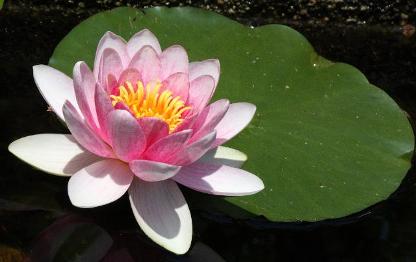 |
Although not native to Japan and rarely seen in natural ponds, water lilies can be seen in natural conditions like this one in a small pond near Oma, Japan. |
Japanese False Lily of the Valley (Maianthemum species) is common in the forest floors of Shimokita. This and many other species I came across there reminded me of the flora of my home on Washington's Olympic Peninsula. In fact, many of the genera are the same!
|
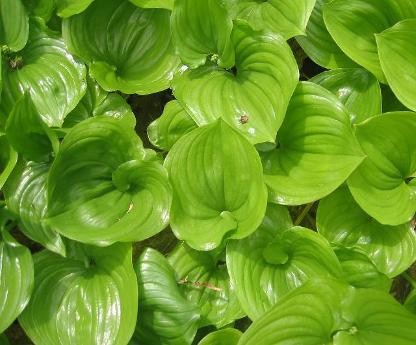 |
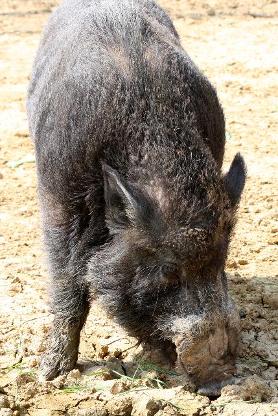 |
Sus scrofa or "Inoshishi", as it is known in Japan, was introduced or migrated naturally (no one knows for sure) to the Japanese countryside centuries ago. Ironically, I came across this one browsing the grass in a field located directly across from a ramen shop that specialized in Inoshishi Ramen! I am not sure what this meant...was this one soon to become soup? |
Kawauchi River runs right through the interior of the Shimokita Peninsula. On more than one occasion, I have seen salmon spawning here in the spring. |
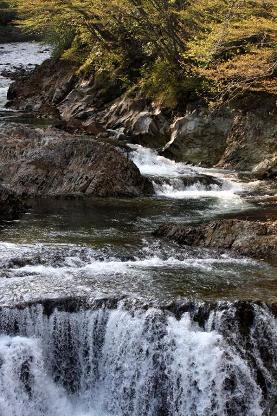 |
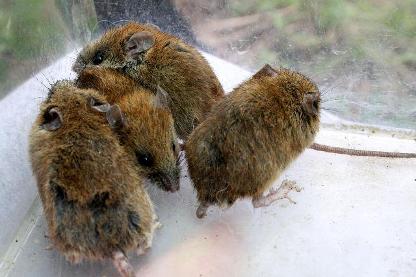 |
On my last trip to Mutsu in 2009, I brought my mammal traps and caught all four of these little Japanese Field (Apodemus speciosus) Mice at the SAME time in the SAME trap. I have no idea how this happened but it was impressive. I remember telling the fantastic Japanese family (the Takamori's) I stayed with that I was going to trap some critters in the forest next to their house, they thought I was crazy. Mr. Takamori told me that I was not going to catch a thing. But I knew as soon as I saw the habitat that I was going to have some luck. The neighborhood kids thought it was amazing!
|
These rare Red-listed Japanese Terrapins (Chinemys reevesii) were seen sunning themselves in a pond at Ryoanji Temple in Kyoto. |
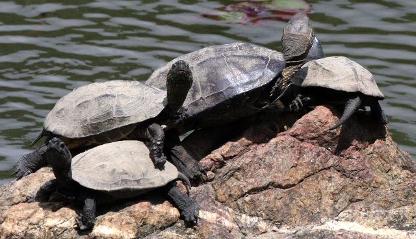 |
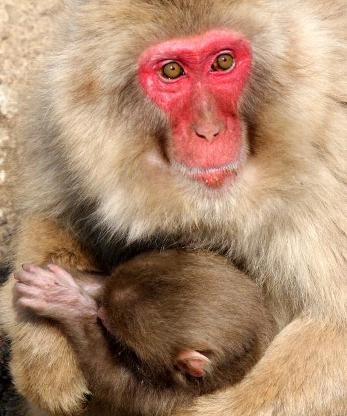 |
I love seeing the Japanese Macaques or Snow Monkeys in their native habitat. I have seen them in numerous places throughout Japan ranging from Kyushu in the far south to Hakone in the Chuo Alps of Central Japan. These were photographed on the western side of Shimokita Peninsula in the far north. I believe these are all considered to be separate subspecies now.
|
|
|
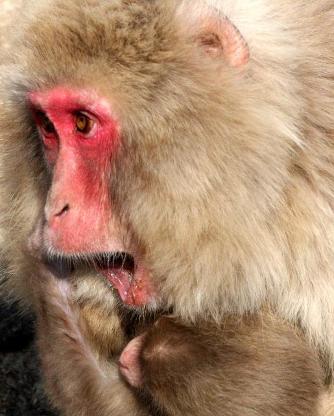 |
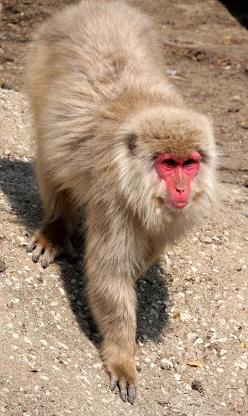 |
This dominant alpha male was a force to reckon with! |
Japanese Larch (Larix kaempferi) is a common forest resident in the forests of the Shimokita Peninsula.
|
 |
 |
These amazing rock formations located on the far western coast of the Shimokita Peninsula. Called the Hotokegaura, they are splended examples of karst topography and also home to some amazing tide pools with a wealth of biodiversity!
仏ヶ浦 |
|
|
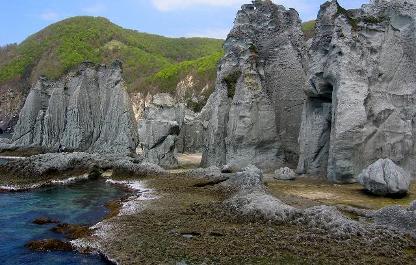 |
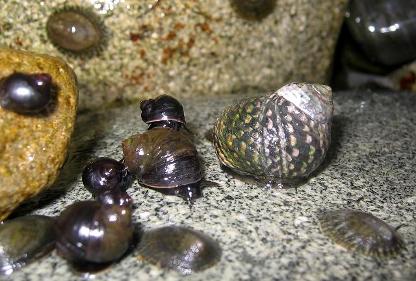 |
Here are some of the gastropods we noticed in the tidepools there. Periwinkles, dogwinkles and limpets were the name of the game! |
Cape Shiriya Wild Horses are a breed (subspecies?) of horse found only on the Shimokita Peninsula. They are also known as Kandachime.
|
 |
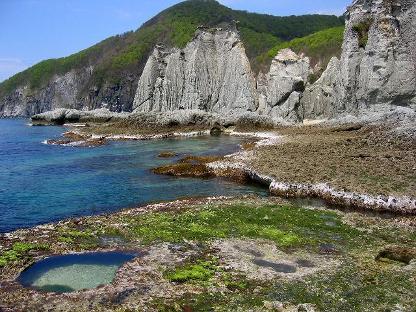 |
Note the impressive tide pools in the rock formations. We spent the entire afternoon searching for cool invertebrates and tide pool critters! I noticed a lot of familiar critters but I was a bit out of my "west coast USA" element. Before long, I found myself in the roll of the teacher again. As I was explaining to the Takamori's about the invertebrates of the region, a crowd of very interested Japanese tourists circled around us, and the next thing I knew, I was answering questions about the flora and fauna of the region for the better part of an hour! |
Another view of the beautiful Kawauchi River. |
 |
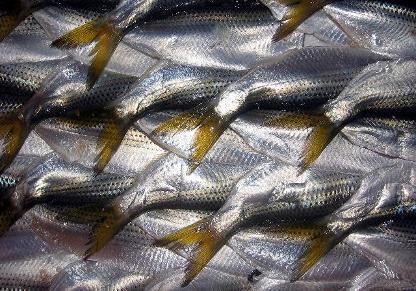 |
The fish markets of this area are amazing. The Japanese are of course the largest consumers of sea products on the planet, and the diversity of marine life in their markets supports this fact. These images were taken in Tsukiji Market, the largest seafood market on the planet! |
Marine Biologists actually spend time in this market to discover new species that have never been described by science! What disturbs me most is the amount of the seemingly indiscriminate take of marine life. If the ever-decreasing size of the Yellowtail tuna catch is any indication, I have most likely been noticing the extreme depletion of our world's fisheries right there at Tsukiji during the twenty or so years I have been visiting the market. |
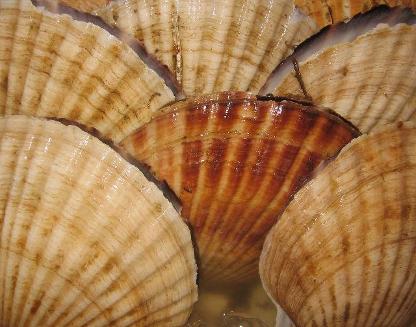 |
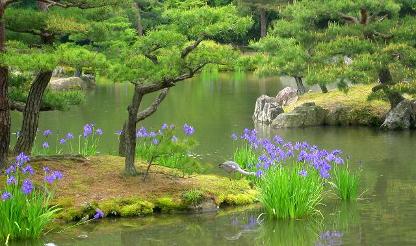 |
While these gardens are very touched by the hand of man, they are outstanding representations of man's interpretation of nature. The Japanese, in my opinion, are more skilled than any culture in presenting "perfect nature" in their garden artistry. This is Kinkaku Ji's amazing garden in Kyoto. |
Here is a lunch we ate in Osorezan Temple in Shimokita, Japan. Virtually all of the ingredients of this outstanding Buddhist vegetarian lunch were picked from the local forests and represent the culinary bounty that can still be had from Japan's forests. |
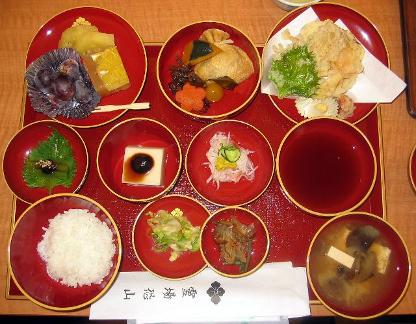 |
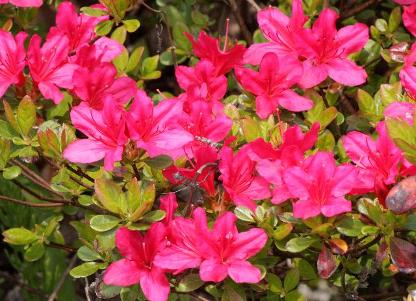 |
May is the month we generally travel to northern Japan. We are fortunate that our school trips take us to Japan during the most spectacular time to be there! Although the fall is pretty amazing too... These Japanese Rhododendrons (Rhododendron albrechti) were seen in bloom during our last trip to the Peninsula.
|
While virtually everyone has seen Acer japonicum (Japanese Maple) in gardens and parks, I have always loved seeing it in the wild. The Shimokita Peninsula is filled with this meso-canopy tree. It has the same niche as our Vine Maple.
|
 |
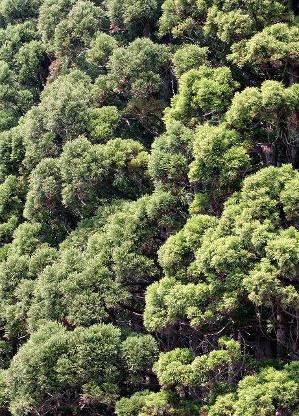 |
There are still great forests of Japan's national tree, the "Sugi" (Cryptomeria japonica) on the Shimokita Peninsula. In these forests there are still healthy populations of Japanese Serow, Japanese Black Bear, Sika Deer, Japanese Squirrels and many other fascinating species. I heard a couple very loud Japanese Squirrels barking to eachother while in trekking this forest.
|
|
|
 |
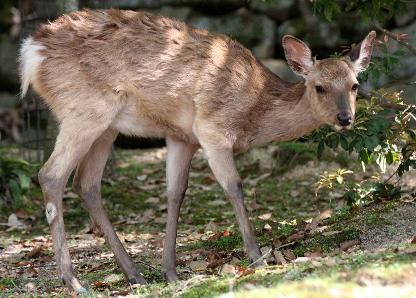 |
The Japanese Sika or Axis Deer (Cervus nippon nippon) is now a common resident in many of Japans towns and temple complexes. This one was photographed in Mayajima.
|
We actually saw a fantastic Japanese Serow grazing the scrub in the city limits of Mutsu! I hear they are commonly seen there. When my students saw this amazing animal, they called it the "devil goat"! I think the name suits it. |
 |
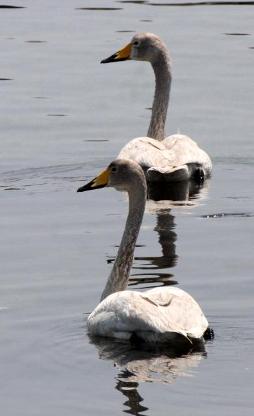 |
These beautiful Whooper Swans (Cygnus cygnus) were seen in Kawauchi Harbor on the Shimokita Peninsula. They evidently are very common this time of year. |
This was a great lifer for me! I tracked this Great Reed Warbler (Acrocephalus arundinaceus) for over a kilometer just to get a glimpse of it and attempt an image. Here it is.
|
 |
 |
Grey Heron are common Ardeids in Japan (and for much of the planet for that matter...). This was feeding in a stream on the Peninsula. |
The ubiquitous Black-crowned Night Heron is another commonly seen Ardeid in Japan. |
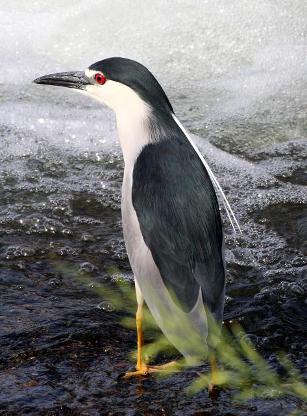 |
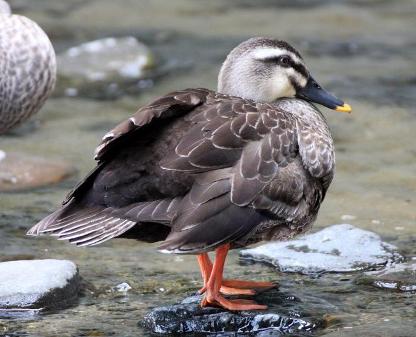 |
The most common duck species that I have noticed while in Japan is the Spot-billed Duck. This one was fishing on the Kawauchi River. |
I absolutely love seeing Mandarin Ducks in the wild! I have seen them regularly along the coast of the Shimokita. On this afternoon, I actually got my first glimpse of a Baikal Teal as well! (I never saw one at all during my two week trip to Lake Baikal a couple years earlier.)
|
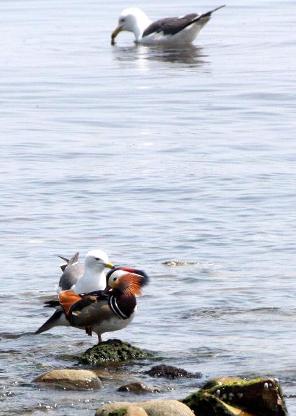 |
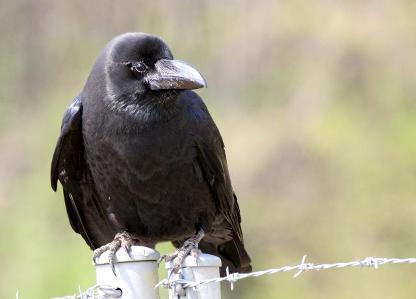 |
The Jungle Crow is everywhere and fairly agressive.
|
Japan is home to many magnificent cranes like this Red-crowned Crane (cap.). My goal is to visit the island of Hokkaido one day to photograph these splended birds in the winter snow.
|
 |
 |
B
Demoiselle Cranes like this one (cap.) are more commonly seen in the southern Islands of Japan.
|
The Great Cormorant finds its eastern-most distribution in this part of Japan. I have seen them as far away as Norway and northern Russia. This one was fishing the Kawauchi River. |
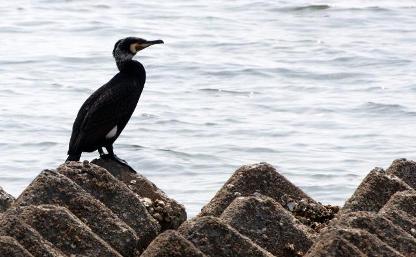 |
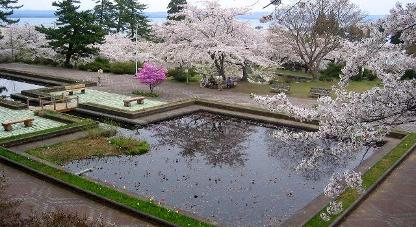 |
Spring is an amazing time to be in Japan. "Hanami" is the offical pastime of this season. These ancient cherry trees were in their full glory during our stay in Mutsu. You have to be lucky though as they stay in bloom for just a few short days. One good rain can take the blooms out pretty easily. |
|
|
|
 |
|
 |
|
 |
